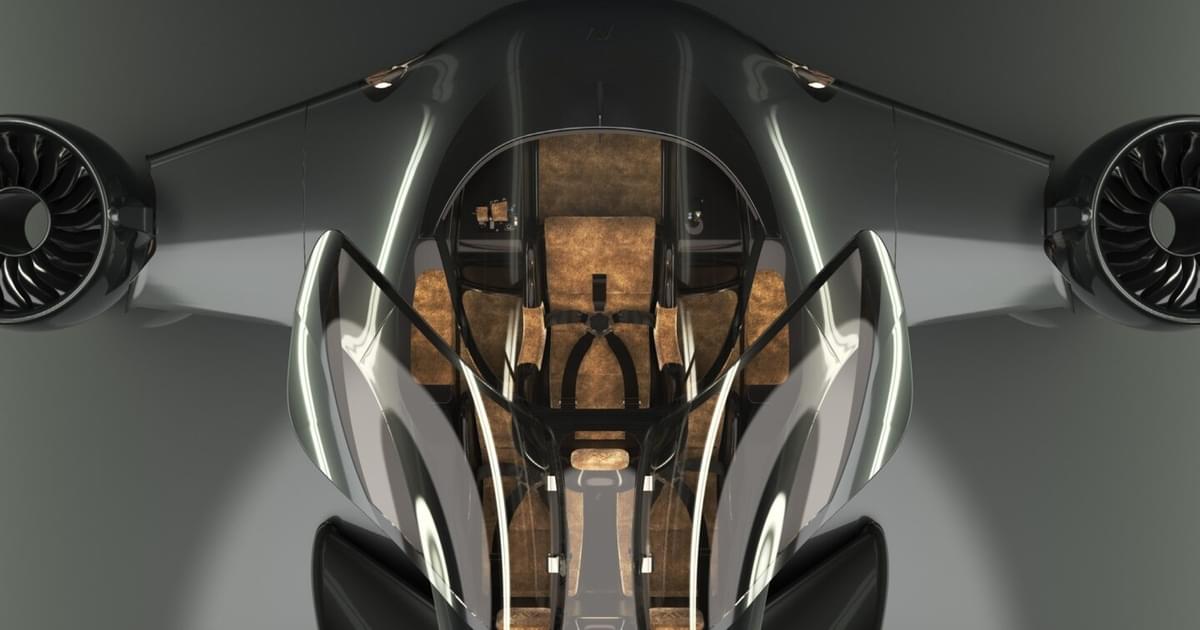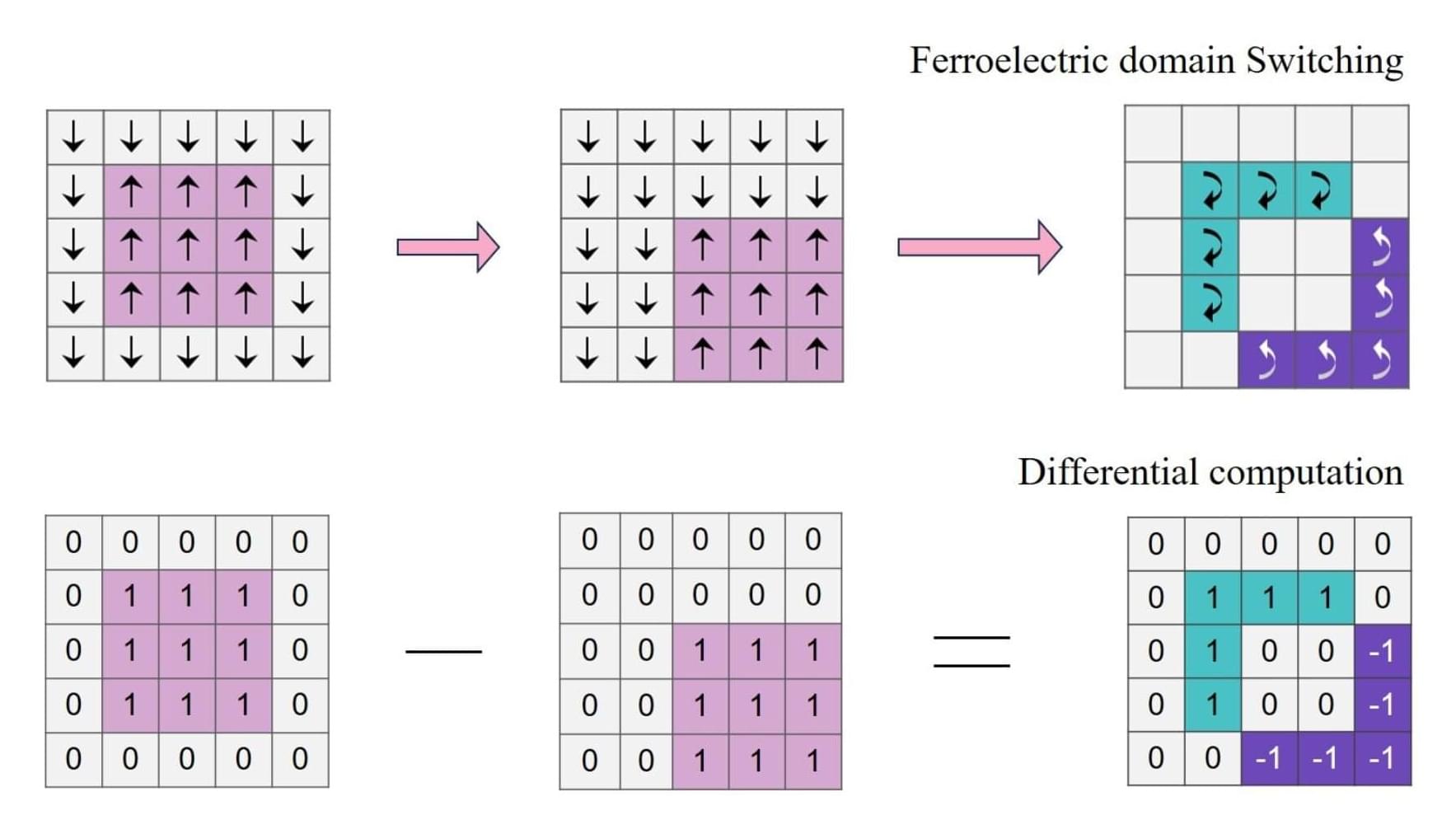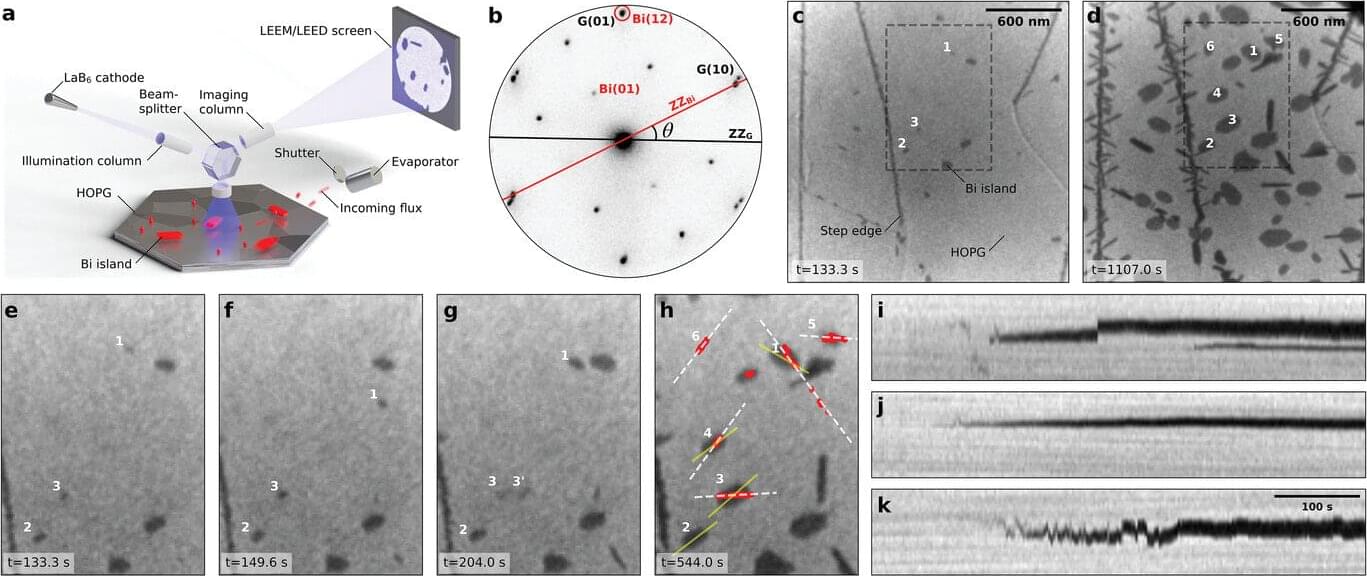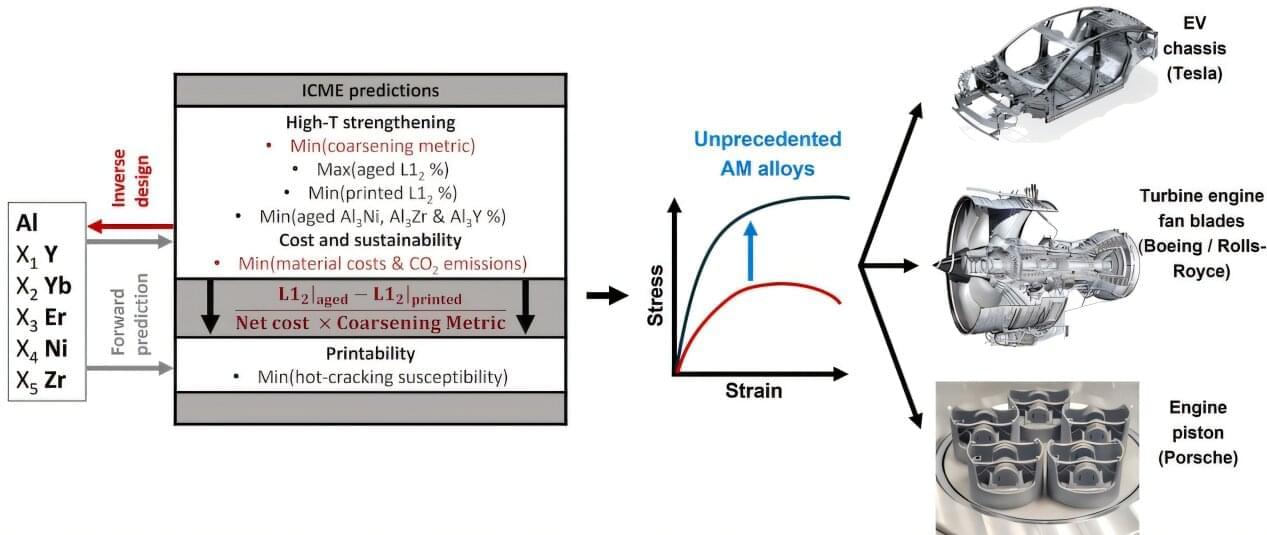Plus, new factory will produce tens of thousands of self-driving taxis a year, air taxi hits key milestone and more



In a new Nature Communications study, researchers have developed an in-memory ferroelectric differentiator capable of performing calculations directly in the memory without requiring a separate processor.
The proposed differentiator promises energy efficiency, especially for edge devices like smartphones, autonomous vehicles, and security cameras.
Traditional approaches to tasks like image processing and motion detection involve multi-step energy-intensive processes. This begins with recording data, which is transmitted to a memory unit, which further transmits the data to a microcontroller unit to perform differential operations.
Tesla is preparing to launch an innovative robo-taxi network in Austin next month, supported by a new affordable Model Y and favorable federal regulations for self-driving vehicles ## ## Questions to inspire discussion ## Tesla’s Robo Taxi Network.
🚗 Q: When and where is Tesla launching its robo taxi network? A: Tesla’s robo taxi network is set to launch in Austin, Texas in June, marking a significant milestone for the company’s self-driving technology.
🤖 Q: How will the robo taxi network impact Tesla’s valuation? A: The successful launch could potentially double Tesla’s stock valuation to over **$1 trillion, validating its unique approach to self-driving vehicles. Cost and Production Advantages.
💰 Q: How does Tesla’s self-driving system compare to competitors in terms of cost? A: Tesla’s AI-based self-driving system is significantly cheaper, with a per-mile cost of $0.10 compared to **$0.50-$1.00 for human-driven rides offered by competitors like Whim and Uber.
🏭 Q: What production advantage does Tesla have over competitors? A: Tesla’s mass production capability of 2 million cars per year gives it a significant advantage over competitors like Whim, which operates with a limited fleet of 1,500 cars. Marketing and Revenue Generation.
📈 Q: How will the robo taxi network benefit Tesla’s marketing efforts? A: The network will serve as a unique marketing channel, allowing customers to experience self-driving rides firsthand, making it easier for Tesla to sell its cars and reach scale.
Tesla is preparing to launch an affordable vehicle and a robo-taxi service, highlighted by the upcoming Project Alicorn software update and the new Model Y long-range, aimed at enhancing user experience and meeting market demands ## ## Questions to inspire discussion ## Tesla’s New Affordable Vehicle.
🚗 Q: What are the key features of Tesla’s upcoming affordable vehicle? A: Expected to launch in first half of 2024, it will be a lower, more compact version of the Model Y, possibly a hatchback, with a starting price of $44,990 in the US.
🏎️ Q: How does the new rear-wheel drive Model Y compare to previous models? A: It offers 20 miles more range, faster 0–60 time, and all-new features like improved speakers and sound system, making it a bargain at $44,990. Robotaxi Functionality.
🤖 Q: What is Tesla’s robotaxi project called and what features will it have? A: Called Project Alicorn, it will allow users to confirm pickup, enter destination, fasten seatbelt, pullover, cancel pickup, and access emergency help.
📱 Q: What additional features are coming to the robotaxi app? A: Upcoming features include smart summon without continuous press, live activities, trip summary screen, ability to close the trunk, rate the ride, and access outside service area help.
🚕 Q: How might Tesla expand its robotaxi service to non-driverless markets? A: The app includes a “call driver” button, potentially allowing non-driverless markets to join the ride-share network, though this strategy is unclear. CyberCab Production.

Flexcompute’s Flow360, the most trusted GPU-native CFD solution for advanced aviation, accelerates the aerospace design process by optimizing evaluations, enhancing aerodatabase development, and reducing time-to-market while ensuring compliance with regulatory requirements. In collaboration with OEMs, companies like JetZero are using Flow360 to push the boundaries of efficiency and sustainability, advancing revolutionary designs such as blended-wing-body (BWB) aircraft, hydrogen-powered, and advanced propulsion models. This strategic partnership is crucial to transforming air travel and achieving global sustainability goals, accelerating the next era of aviation innovation.
In this webinar, hear from Qiqi Wang on the latest advancements in high-fidelity CFD, joined by John Vassberg, Chief Design Officer at JetZero, as they explore the cutting-edge technologies driving the future of aviation. They will discuss how GPU-powered CFD is enabling faster, more sustainable aircraft design and how strategic collaboration is key to realizing the industry’s ambitious goals.


Scientists from the Faculty of Physics and Applied Informatics at the University of Lodz have published an article on friction in the journal Small. Their research on “bismuth islands” moving on the surface of graphite confirmed the existence of a totally new form of so-called superlubricity—a friction-free contact between two solid bodies.
This discovery could revolutionize the way we design nanoscale machines, and even vehicles, in the future. By understanding these processes, we can create devices that can operate much more efficiently, saving on energy and resources.
Scientists led by Dr. Hab. Paweł Kowalczyk, associate professor at the University of Lodz, have discovered a new phenomenon related to the disappearance of friction—superlubricity. This special phenomenon was observed at the contact of two solid materials, bismuth and graphite.

Aluminum alloys are widely used in transportation applications because of their high strength-to-weight ratio, as well as their affordability. However, challenges arise when using them in extremely high-strength and high-temperature applications, particularly in components such as pistons of combustion engines, fan blades of jet engines, and vacuum pumps.
At elevated temperatures, few aluminum alloys can block dislocation movements effectively, which controls the strength. Moreover, few of the designs have considered costs and sustainability metrics in the design, which are essential for high-demand industries. Titanium alloys, such as Ti-64, that are often used in fan blades, are not only heavier and not machinable, but also nearly twice as expensive.
Additive manufacturing (AM) is rapidly evolving and providing new pathways for designing innovative alloys. A recent study by Carnegie Mellon University and the Massachusetts Institute of Technology (MIT) researchers has utilized computational simulations and optimization techniques to identify a new aluminum alloy system that balances strength and cost.

A new hybrid–electric vertical takeoff and landing vehicle aimed at personal ownership and flying has been introduced by a London startup.
The three-seater Sigma flying vehicle from AltoVolo would feature a tilting jet propulsion system with a promise of a range of 500 miles and a cruising speed of 220 mph.
The vehicle would use batteries for vertical take-off and landing and liquid fuel for long-range flight, according to the company.